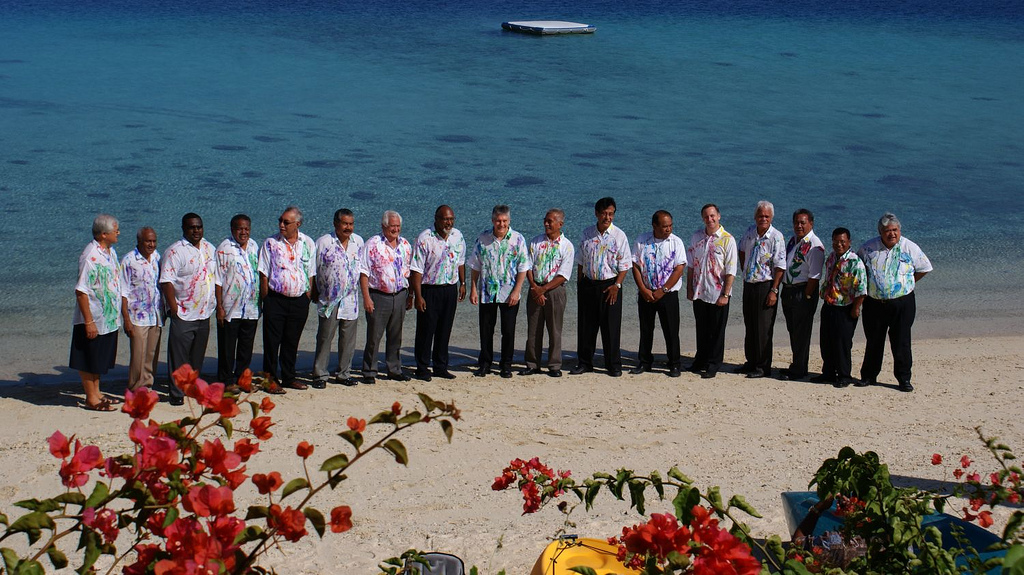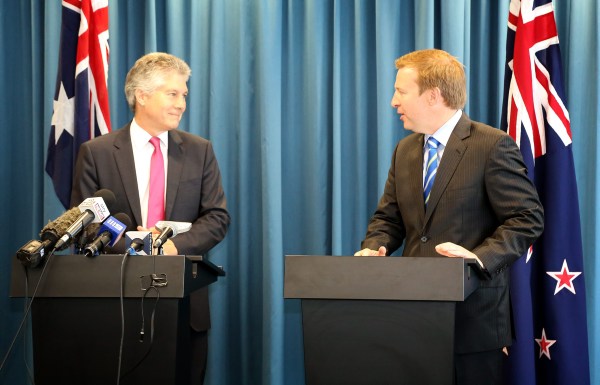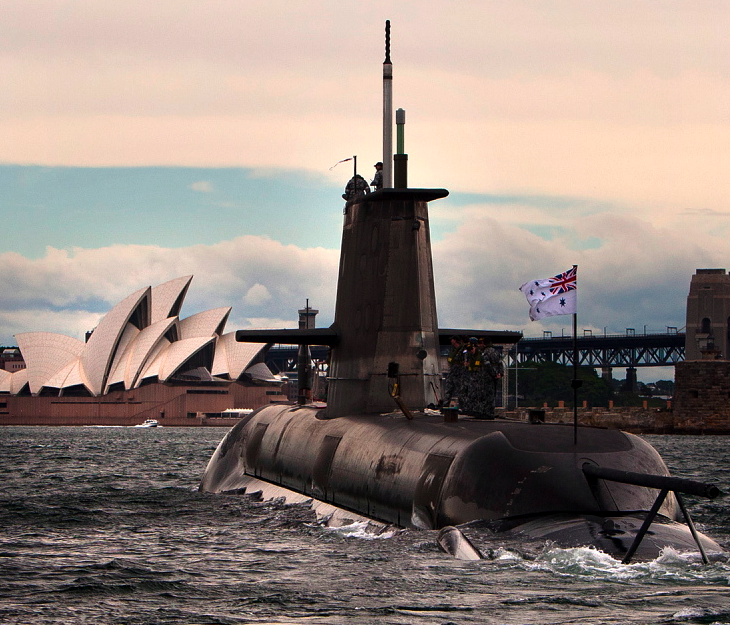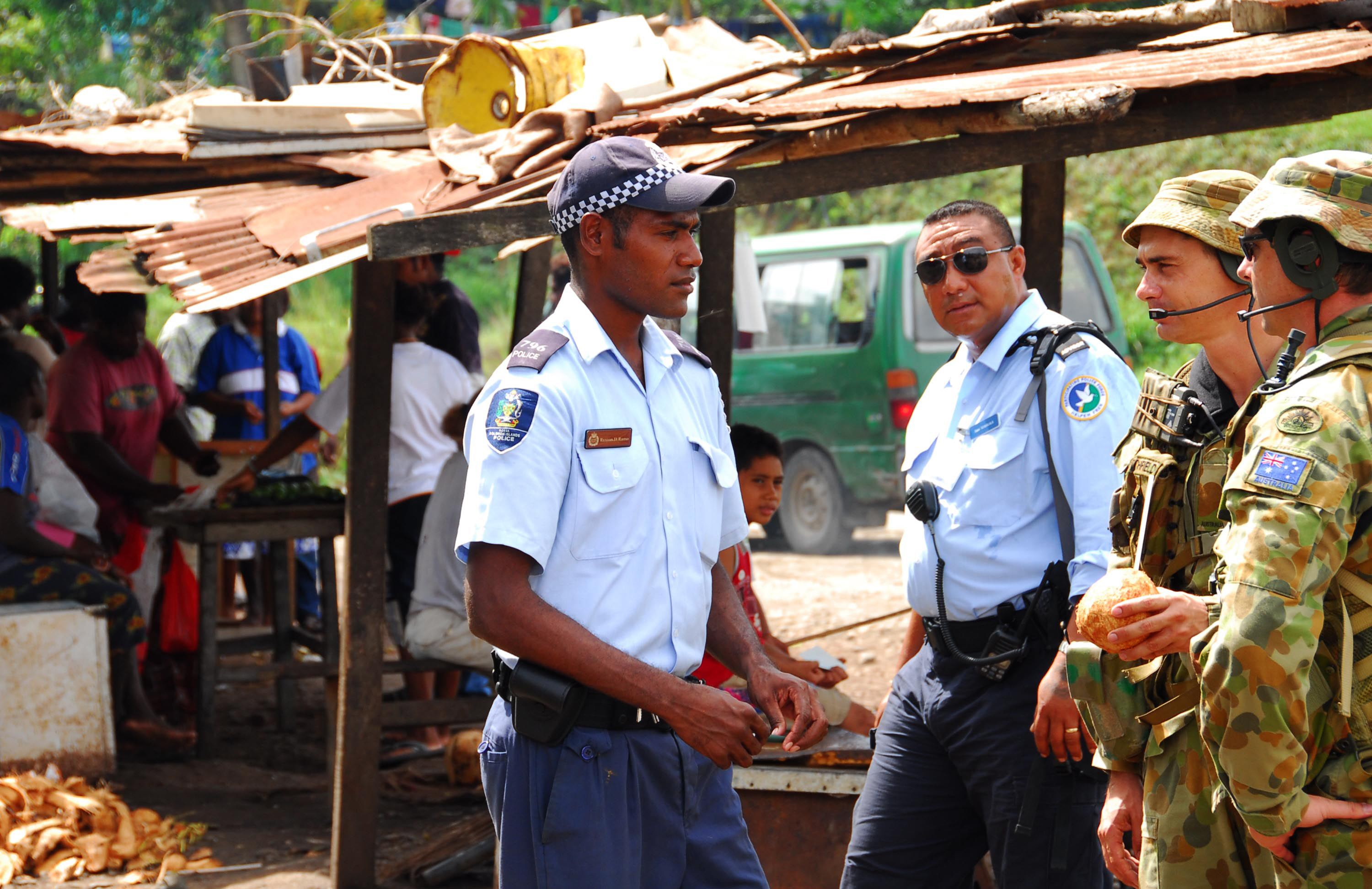ASPI recommends: Australia 1942: in the shadow of war
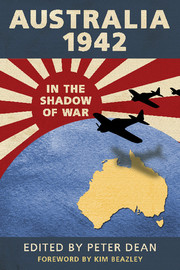 When I’m lecturing on strategic policy or Australian force structure issues, I often make a comment about the ‘defence of Australia’ (DOA) doctrine along those lines of ‘of course, the defence of Australia has been of academic interest except for six months in 1942’. It’s a rhetorical device intended to convey the idea that DOA really isn’t very relevant to a contemporary discussion of Australia’s future defence plans.
When I’m lecturing on strategic policy or Australian force structure issues, I often make a comment about the ‘defence of Australia’ (DOA) doctrine along those lines of ‘of course, the defence of Australia has been of academic interest except for six months in 1942’. It’s a rhetorical device intended to convey the idea that DOA really isn’t very relevant to a contemporary discussion of Australia’s future defence plans.
But, as any mathematician would remind me, a single counter example is enough to completely undo a hypothesis. In 1942, war really did come to Australia’s shores and the ‘air sea approaches’ were used by Japanese ships, aircraft and submarines. The purpose of this book, edited by ANU’s Peter Dean with contributions from a number of historians, is to put those events into context.
Like two volumes of essays on military history that precede this one, there’s a bit of a ‘Mythbusters’ feel to it in places. There are several chapters that examine Japan’s aims towards Australia, including one (the most valuable one in my view) from Japanese scholar Hiroyuki Shindo. He argues convincingly that that the Japanese Army was dragged kicking and screaming by the Navy into the South Pacific, when its own priorities were China and Manchuria. His conclusion is clear; the resources for an invasion weren’t going to be made available and isolation of Australia, rather than conquest, was the Japanese intention.
In this light, the pivotal battle along the Kokoda trail is put into its proper context. It denied the Japanese a base in Port Moresby from which it could strike allied bases in Queensland and interdict allied shipping and allowed the allies to use it for their own air and naval campaigns, rather than ‘saving Australia from invasion’. This conclusion might raise the ire of some, but the story of the struggles of the land forces involved actually loses nothing by being accurately placed in the overall story of the Pacific campaign. Read more


